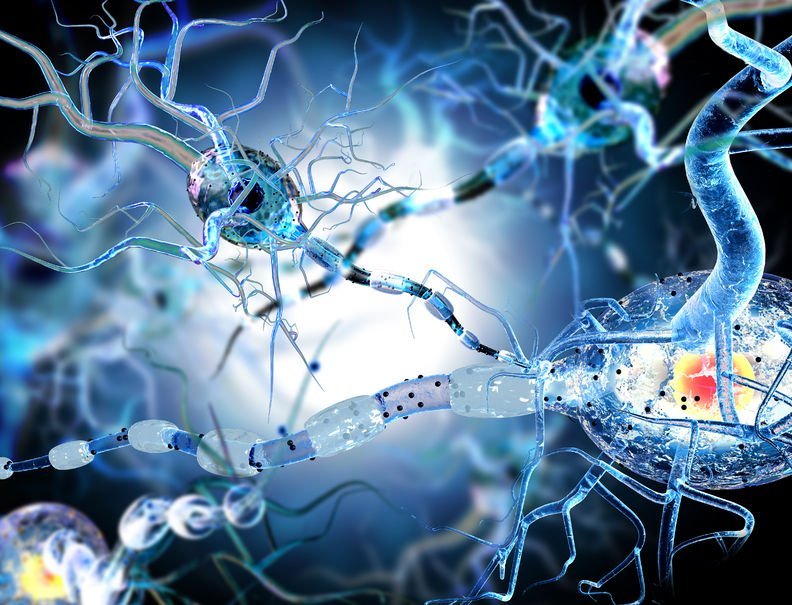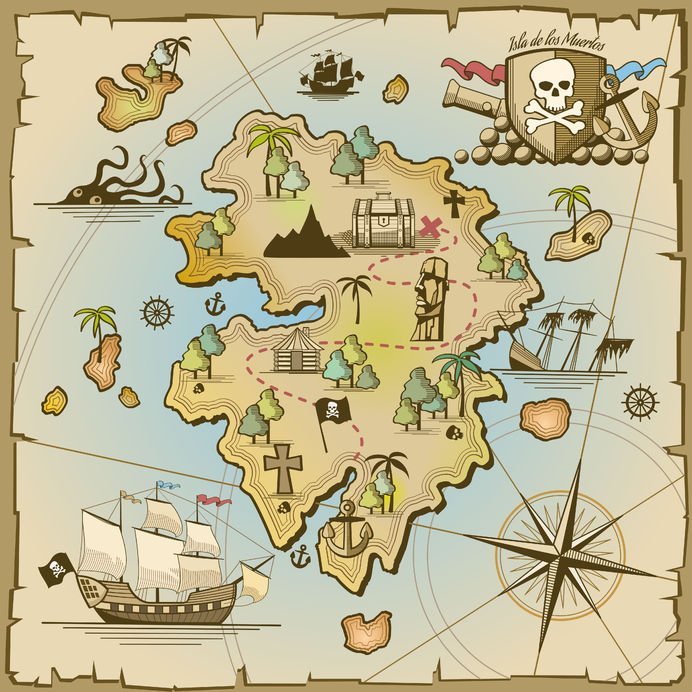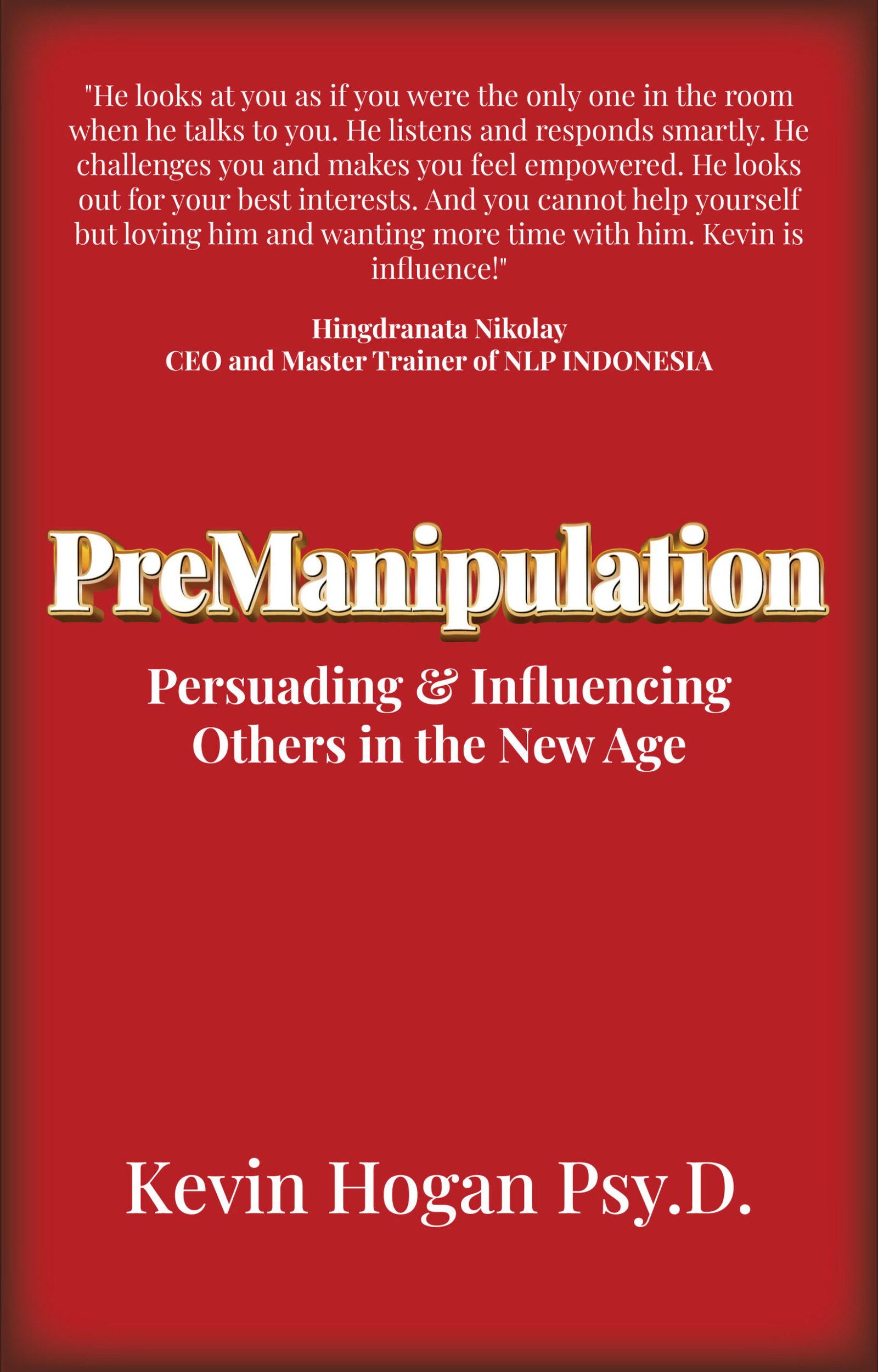Miss part one? See How to Remember Anything and Accelerate Learning, Part 1
Can You Have the Memory of A Genius? (part 2/3)

The Story Method…
The obvious disadvantage of using the link system all by itself (see part One) is that; if one link is broken, the items on the list after that may be completely lost. However, in the story method, images are linked together as part of a story and there is a better chance that the flow of the story will allow most of the remainder of the list to be retrieved.
The story method helps you to keep events in a logical order and can improve your ability to remember information if you go for the sequence of images.
In essence you are weaving the links into story.
Imagine John….
“I used to have problems remembering things I had planned to do after work. Sometimes, I would promise people, even family members, to get some things done for them, and then I would completely forget about what I promised. I wasn’t happy with all that was going on.
“Sometimes, I would write a list of things I wanted to do, but most times I would also forget to bring the list.
“Then I came across the story method and I started to use it, and things did indeed improve for the better.”
“If I had to do the following things after work: pick up the USA TODAY, buy a birthday gift for my girlfriend, buy tickets to the Cubs Playoff Game, give my dog a bath, call my Mom, prepare presentation for work, buy beacon and eggs at the grocery store, pick cloths at the dry cleaners, and clean the den….
“My first step would be to arrange my errands in the order I want to do them. The order for me is determined by the location of the places I need to get to on my way from work to my home, and also the importance of what I need to do.
“For example, the news stand is the closest place to my office, so that would become the first item on my list. So I rearrange my list and come up with a new list:
- Pick up the USA TODAY
- Buy Cubs tickets
- Buy Birthday gifts for girlfriend
- Buy bacon and eggs
- Pick up clothes at the dry cleaners
“The remaining errands on my list are to be done when I get home, so I arrange them in order of importance or urgency.
- Call Mom
- Give dog a bath
- Clean up the Den
- Prepare presentation for work
“Next, I form mental associations involving all these errands using “charged” mental pictures. The starting point for my errands is getting to my car. So, I use my car as the first item in my association. This way once I think about my car, the story begins to flow. Here’s the story I have come up with:
“My car crashed into a gigantic newspaper factory. The destroyed papers had to be recycled and were all used to make BILLIONS of Playoff tickets. The tickets were printed with candles and pictures of my girlfriend (thank goodness…they didn’t use THOSE pictures)… on them and there were so many that they had to be given as birthday gifts to all the people on the planet born in October. Everyone in the world traded their tickets for bacon and eggs and ALL the egg yolks all spilled on everyone’s clothes worldwide causing everyone to take off all of their clothes and take them to the dry cleaners.
“I called Mom immediately explaining that she must have also had bacon and eggs all over her sweater and that it even happened to all the dogs including Ralph (my dog). She said it was OK and that I should celebrate by giving the dog a bath while my girlfriend was in the tub. After I pulled the dog out of the bath I was to take my girlfriend straight to the Den which was a pigsty and needed immediate cleaning, and well…I can’t tell you what really happens here but I’m telling everyone at work, every single person that I was working on the presentation from the second I got into the den until I left for work.”
“So when I want to recall what next to do, I simply retell the story in my mind and it all comes to me. So that’s how I use the story method to solve one of my most troubling daily challenges.”
Notice that for John’s story, he has used a combination of zany, exaggerated and possible images, blending the pictures in a way that appeals to him. This way he finds it quite easy to remember the story.
As a good exercise, come up with your own story. Try it now; it’s actually easier than you might think.
It is important that the images stored in your mind are as vivid as possible. Also your story should put as much focus on the information you wish to remember as you do to support the flow of the story.
As you can see the Story Method is Effective. Even on first try you can easily remember a string of things and things to do.
But it’s not perfect. Here’s the difference between the SM and the LS which follows after our buried treasure map.

The Loci Strategy
The Loci Strategy was used by ancient public speakers to remember speeches. It combines the use of organization, visual memory, and association. It works best if you have an excellent mental map for a specific place, like the desert island above. Perhaps you vacationed there many times You weren’t familiar with the territory you KNOW the territory.
Not only does the Loci strategy help memorize long lists it is very good for memorizing key ideas in speeches or presentations.
- The Journey method
- The Roman Room method
The Journey Method
The JM has a lot in common with the story method. There is a key difference and that is that you are about to take a familiar route in sequence to a lot of familiar places that you typically visit in sequence.

This is a powerful and effective system in which you associate information to be remembered with landmarks on a journey that you know well. To use this system; you think of a journey, route or path that you are very familiar with. An example could be your journey to work or school in the morning, a route you take to the park, church or your best friends place etc. Take a moment now to choose a journey; only make sure it’s one you are very familiar with.
Once you have done that, your next step would be to mentally walk along the paths of the journey you have chosen, and then take note of every major landmark or striking feature. To use this technique most effectively, it is often best to prepare the journey beforehand. In this way, the number and nature of landmarks are clear in your mind before you try to commit information to them. One way of doing this is to write down all the landmarks that you can recall in order on a piece of paper. This allows you to fix these landmarks as the significant ones you will use, separating them from others that you may notice as you get to know the route even better.
To remember any information, all you need is to associate it with the landmarks or stops on your journey.
This is an extremely effective method of remembering long lists of information, such as the elements on the periodic table, order of cards in a shuffled pack, geographic information and much more. All you need to do to remember many items is to remember a longer journey with more landmarks. To remember a short list, you only use a part of the route. Once you are familiar with the technique, you may be able to create imaginary journeys that fix in your mind and apply them for memorizing related information.
Here’s an example of how the journey method is used:
Laurena had a test in her office for the position of Sales Manager of a new product. As part of the test, she was to write a description of the new product. She had to get it right, because she knew she won’t be considered for the job if she couldn’t do as little as describe the product accurately.
Product description:
The W900i phone has an in-phone iPad digital music player. It has 3G music download and video to give you hours of music, thousands of songs. It has a 32GB memory inside, with 128GB expandable memory. Its features include a large, high quality video screen, 16 – mega pixel camera with autofocus, 3D games and Bluetooth connectivity.
Laurena turned to the journey method as a way to memorize the product description. Laurena decided on what landmarks to use in the journey from her house to work. She came up with the following list of landmarks:
- Front door
- Front garden
- Street signpost
- Bus-stop
- Traffic lights
- Gas Station
- Grocery Store
- Restaurant
- Drug store
The next thing she did was to bring out the key points (important information) from the product description.
- “iPad
- ” 5G music download and video
- ” Hours of music and thousands of songs
- ” 32 GB memory
- ” 128 GB expandable memory
- ” Large, high quality video screen
- ” 24-mega pixel camera with autofocus
- ” 3D games
- ” Bluetooth connectivity
All she has to do now is to form associations between the landmarks and key points…
In order to form associations between the landmarks and key points…
Front door:
You replace your doorman with a massive iPad.
Front garden:
The flowers in your front garden now serve as satellite dishes through which you can download 5G music and video of those walking by.
Street signpost:
The residents on the street have replaced the street signpost with a device that plays unending hours of music featuring thousands of songs to impress others.
Bus-stop:
The bus-stop is converted into a coffee shop for 4 days a week during which none (0) of the Great big buses (GB) remember (memory) the stop. {Adds up to: 40 GB memory}
Traffic lights:
At the traffic lights twelve Giant Balloons (128GB) were being inflated, but they expanded (expandable) too much and burst with such a bang that no one could forget (memory.)
Gas station:
The neighborhood gas station, for a sales promo, has been transformed into a drive-in cinema with very large, high quality video screen. They sold out as expected.
Grocery Store:
A Grocery Store owner replaced its security system with 12 robotic moving people (24-mega pixel) to operate a camera with auto-focus for picking individual customers.
Restaurant:
A restaurant where the customers stay the whole day because of the interesting 3D games they are playing. The customers end up having all their meals there.
Drug store:
A drug store accidentally mixed up some liquid cleaners with the mouthwash. All who used the mouthwash developed Bluetooth that stuck together (connectivity).
Now all she had to do when she needed to remember the product description was to recall her mental associations. The system never failed her.
These stories are intentionally nonviolent and non-erotic. But for YOUR memory strategies, I encourage you to change that fact!
The more ridiculous, intense, crazy, foolish, sexy and violent the story, the more likely it is you will be to remember EVERYTHING.
Remember: Your associations don’t have to be logical or even possible, only make sure they appeal and make meaning to you. Anything is allowed, as long as it achieves the purpose of your associations.
Remembering
While making mental associations, you must see the pictures vividly in your mind if you are to recall them later. Never forget the need for repetition. Even the strongest of associations will be forgotten if not repeated at properly spaced intervals.
One advantage of this technique is that you can work both backward and forward, and start anywhere within the route to retrieve information.
The Roman Room Method
The Roman Room method is very similar to the Journey method, but it involves using a well-known room or home. To use this method, you associate the things – to – remember to the items in a room you know very well. You don’t necessarily have to use a room in your house, but you must be very familiar with whatever room you choose. You must also know the special arrangement of all the items in the room.
For instance, I may decide to use my kitchen as the reference room for my associations. My first step would be to mentally walk through my kitchen in a direction I choose – clock wise or counter clockwise.
I would then write down the kitchen items I want to use in my associations. I could also physically go to my kitchen to see if anything has been left out.
Here’s a list of the items in my kitchen in a clockwise direction:
- Stove
- Refrigerator
- Pantry
- Microwave oven
- Blender
- Toaster
- Sink
- Dishwasher
- Garbage Can
- Bread bin
The length of my list will depend on how detailed I want it to be, or the length of the information I want to associate to the listed items. It will also be a good idea to avoid duplicating items. For example, I have more than one pantry in my kitchen, but listed it only once to avoid getting confused. But if the pantries are distinct I could include both of them in my list.
Avoid using items that are only temporarily in your kitchen or items that you move frequently. An example is a bottle of water.
Imagine for a moment that you are being asked to give a speech to new members of your organization. you want to outline your presentation, but there are two ways you definitely won’t want to deliver your speech:
- Reading the speech to your audience. Doing this will make you sound boring and impersonal; you end up losing the attention of your listeners. You might just as well photocopy your speech and hand it out.
- Memorizing the whole speech. What happens if you forget a word, section or sentence? Even if you don’t forget any parts, your speech will sound memorized, and that tends to alienate your listeners.
Solution: Divide your speech into the main points you want to get across to your audience. Memorize these points. As you recall each point, what you want to say about it will easily come to mind.
Your main points could be:
- Welcome the new members to the organization
- Give a brief history of the organization
- Benefits of being a member
- Expectations from members
- Conclusion: our aim is that you enjoy being with us.
Next, pick a single word or keywords that represent each point.
- -welcome
- -history
- -benefit
- -expectation
- -aim
As you may already have figured out, the next step would be to form associations between the items in your kitchen and the single words you have chosen. The links you form should help you to remember the information when you need it. You could form your associations by linking each kitchen item to one single word or you could tie up all the words to make a flowing story.
-You were given millions of stoves during your welcome home party.
-Your refrigerator becomes jealous of not receiving any attention and suddenly starts to complain about its history of unappreciated faithful service to you.
-You throw it out and put its contents into your Pantry at the same time trying to convince yourself that your actions will give you the benefit of reducing your electricity bills.
-Out of desperation, you pour the drinks into your microwave oven and start to defrost with an aim of inventing some sort of new great tasting drink. The drinks come out hotter and worse than ever, and now your guests are really gutted.
Points to Remember for Improved Memory & Accelerated Learning:
Remember: Intense, erotic and violent images are stored faster and more efficiently than these basic images. (Having taught this before I find that I reveal more about my….self…than necessary… thus the non-erotic……………….)
- Imagine intense
- Imagine erotic
- Even violent images will be more effective
You should invest some time to study or reflect on your associations, and once you have done so, they will be there for years.
Next time….remembering the tough stuff…






















